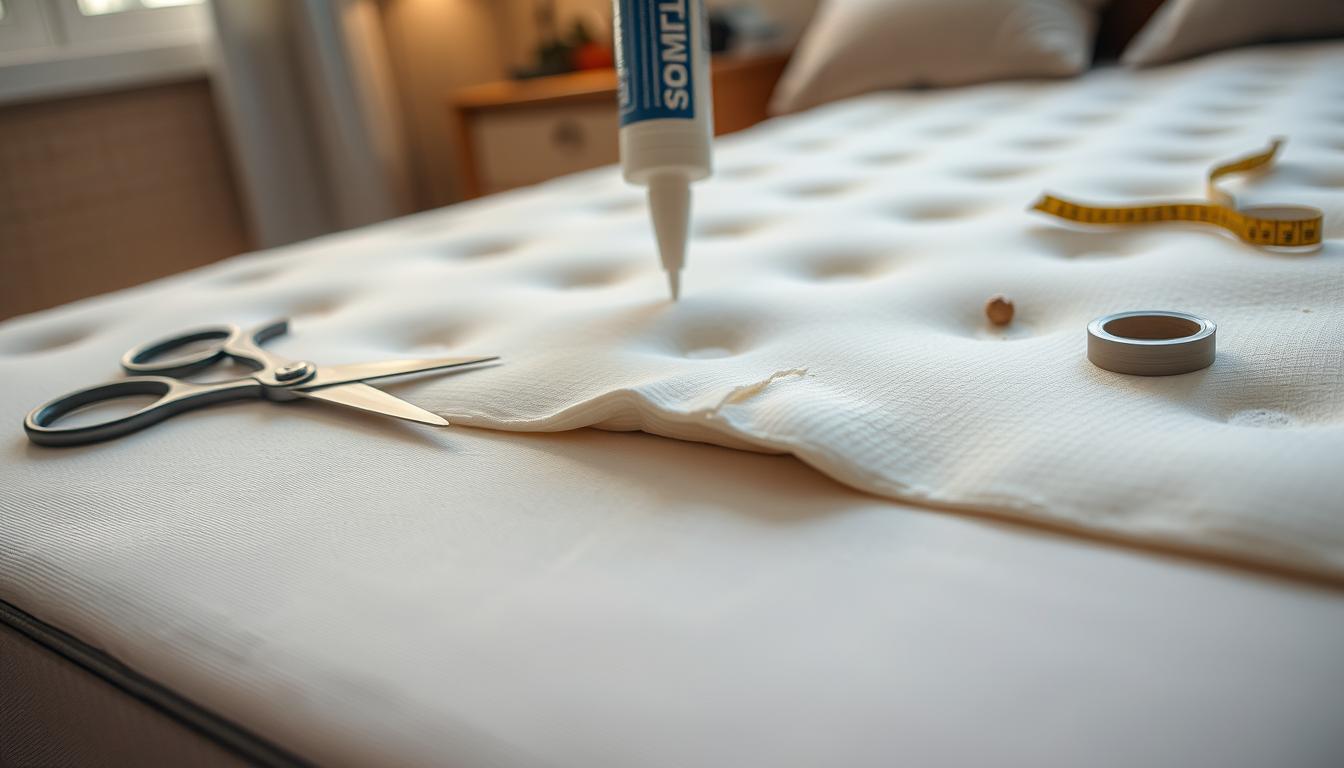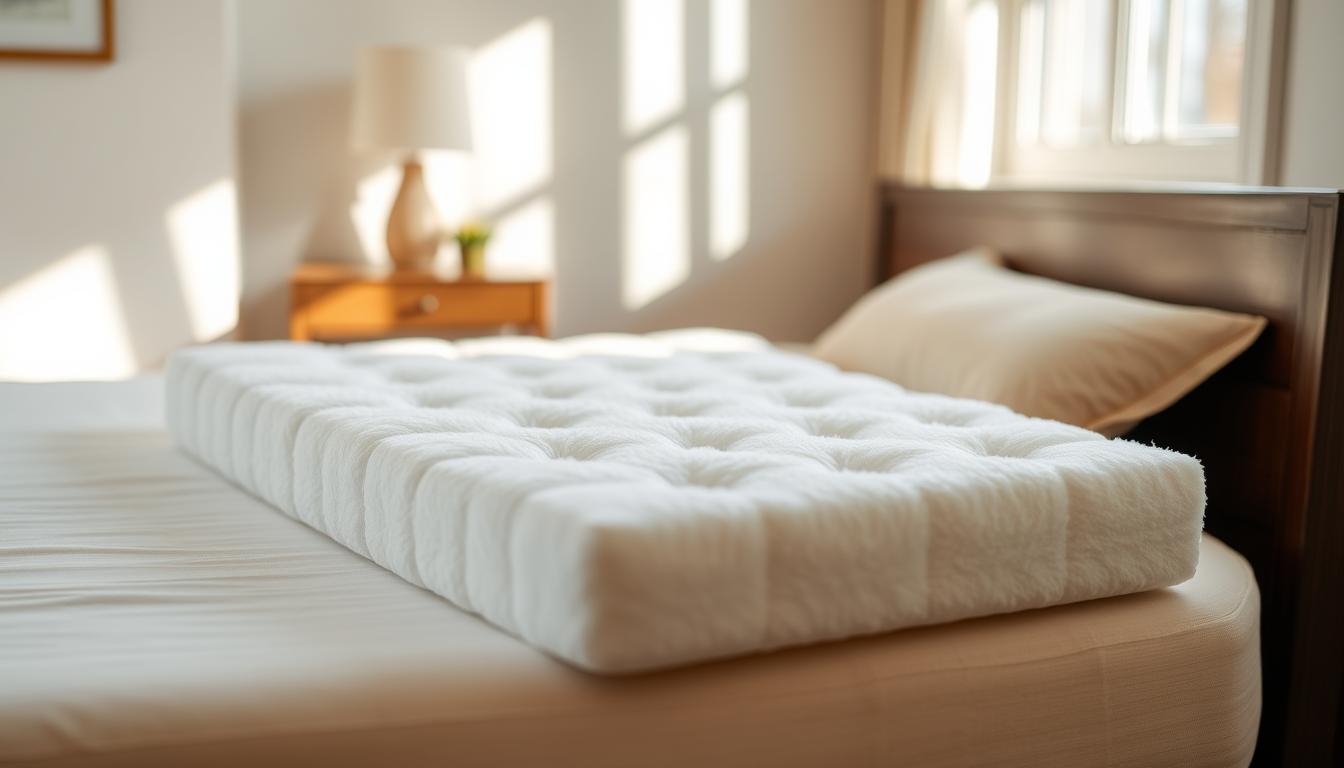How to Repair Memory Foam Mattress Topper
Are you upset about your memory foam mattress topper getting worse? It might have holes, tears, or sagging. This can mess up your sleep and comfort. But don’t worry, we’ve got a detailed guide to help you fix and keep your topper in great shape. Key Takeaways: Understand the common problems that can affect memory … Read more


